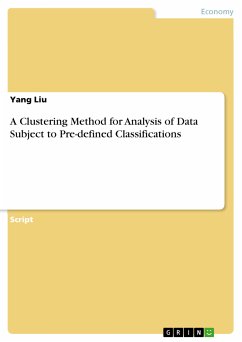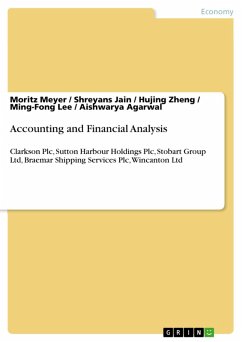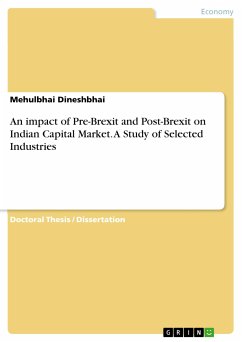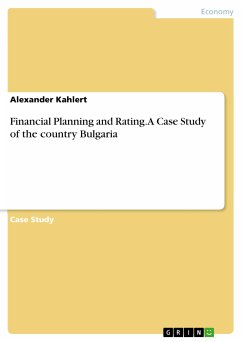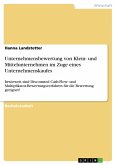Script from the year 2019 in the subject Economics - Finance, grade: A, , language: English, abstract: In this paper, we present a methodology to perform clustering and grouping analysis for dataset with classification constraints or definitions. The discussion is demonstrated with a full example based on read data. We start with the observed difference in the CIA and UN subregional definition of European countries, and consider what the impact is from a subregional house price ratio perspective. As documented in this report, we find that the presented approach useful for clustering analysis of the pre-identified subgroups to address subgroup based clustering problems. We present an approach to perform clustering analysis when the target is subject to pre-defined subcategories in the underlying dataset. As an illustrative example, we perform full analysis on real data to address real world questions. With the proposed methodology, one is able to quantify and measure relative and general dis-tances between pre-defined subcategories within the dataset, hence quantitative clustering analysis conditional on the pre-defined subcategories are made possible even if the subcategories are not defined from a perspective that is related with the underlying data.
Dieser Download kann aus rechtlichen Gründen nur mit Rechnungsadresse in A, B, BG, CY, CZ, D, DK, EW, E, FIN, F, GR, HR, H, IRL, I, LT, L, LR, M, NL, PL, P, R, S, SLO, SK ausgeliefert werden.

